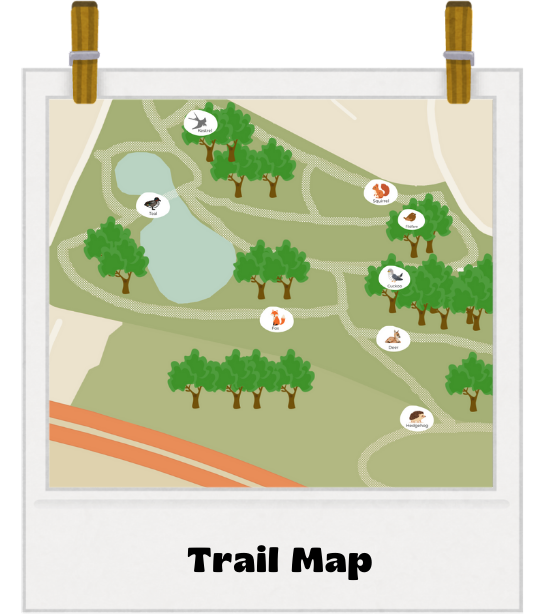
We are excited to introduce The Nature Trail at Herschel Park, an inspiring and educational experience designed to help local residents discover the incredible wildlife that calls this park home. From migratory birds traveling thousands of miles to the hidden wonders of our local ecosystem, this trail will offer a deeper appreciation for nature and conservation.
Why explore the nature trail?
Our goal is to connect the community with the natural world while raising awareness about the importance of protecting local wildlife. Through this trail, visitors will:
- Learn about the fascinating birds and wildlife that visit and live in Herschel Park.
- Discover the journeys of migratory birds, their habitats, and the challenges they face.
- Engage in outdoor learning, making nature more accessible for families, schools, and local residents.
- Experience the beauty and tranquility of Herschel Park, encouraging well-being, mindfulness, and time spent outdoors.
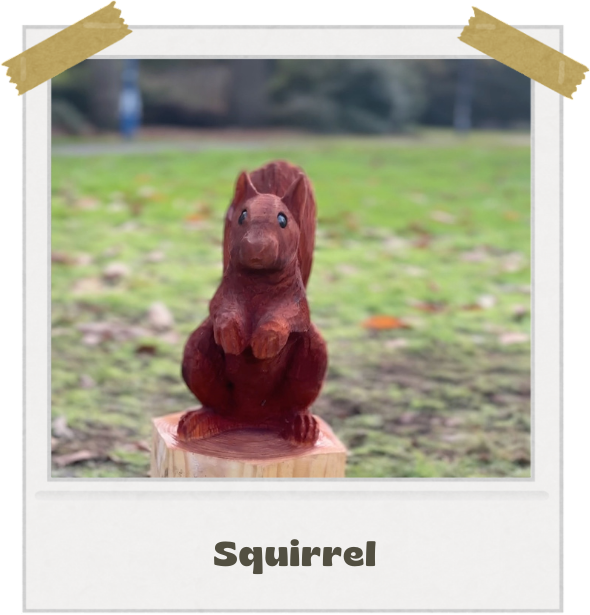
Grey Squirrels in the UK 🐿️
Did you know that grey squirrels originally came from North America? Over time, they replaced the native red squirrel, which is now rare in many parts of the UK.
These clever creatures have mostly grey fur, but some can be brownish. They have a large bushy tail and a white underside. Grey squirrels build their nests, called dreys, in the forks of trees, using leaves and twigs to keep warm.
Fun Facts About Grey Squirrels! 🎉
🌰 Super Hoarders! – A single squirrel can hide thousands of nuts to prepare for winter. They even pretend to bury nuts to trick other animals!
👀 Yellow Vision! – Grey squirrels can’t see red or green. Their world is mostly shades of yellow and grey!
🥜 Nut Experts! – Before opening a nut, squirrels weigh it in their paws to check if it’s worth the effort. If it’s too light, they know it’s empty!
Next time you spot a grey squirrel in the park, watch closely—you might see them using their amazing survival skills! 🐿️🌳
House Martins – The Amazing Migratory Birds! 🐦✈️
Did you know that House Martins travel thousands of miles every year? These incredible migratory birds spend the winter in sub-Saharan Africa and fly all the way to the UK (including Slough!) for the breeding season.
They build their mud nests under the eaves of buildings, creating cosy little homes for their chicks.
Fun Facts About House Martins! 🎉
🚀 Speedy Flyers! – House Martins are fast and agile, darting through the sky to catch tiny flying insects for food.
🌍 Long-Distance Travelers! – They migrate thousands of miles between Africa and the UK every year—what a journey!
🏡 Noisy Neighbours! – These little birds love to chatter and chirp, especially when they’re in a busy colony.
Next time you see a House Martin swooping through the sky, remember—you’re looking at one of nature’s greatest travellers! 🌍🐦💨
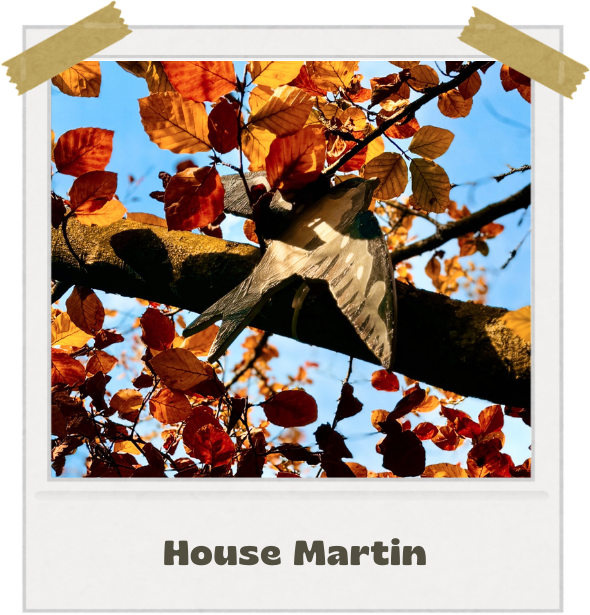

Teal – The Winter Visitors! 🦆❄️
Did you know that Teal are migratory birds that travel to the UK for winter? They breed in northern Europe and Asia but head to warmer, milder climates when the cold months arrive.
These small, colorful ducks love to live in shallow freshwater habitats, such as lakes, ponds, rivers, and wetlands.
Fun Facts About Teal! 🎉
🌍 Winter Travelers! – Teal fly hundreds of miles each year to escape the freezing winters in the north.
💧 Water Lovers! – They prefer calm, shallow waters, where they can find plenty of food like plants and tiny water creatures.
🦆 Tiny but Mighty! – Teal are one of the smallest ducks in the UK, but they are super fast and great at dodging predators!
Muntjac Deer – The Secretive Residents of Herschel Park! 🦌🌳
Did you know that Muntjac Deer originally came from Southeast China? In the 1920s, some escaped from captivity, and now they can be found all across Britain—including right here in Herschel Park!
These shy deer prefer to live in dense woodland and scrub, where they can stay hidden from predators.
Fun Facts About Muntjac Deer! 🎉
🐶 The Barking Deer! – Muntjac Deer make a barking sound, just like a dog, especially when they feel threatened.
🦷 Fierce Fangs! – Unlike most deer, Muntjacs have long canine teeth, which give them a slightly spooky look!
🦌 Unique Antlers! – Their antlers are small, unbranched, and slope backward, making them different from other deer in the UK.
Next time you’re walking in Herschel Park, listen closely—you might just hear a Muntjac barking nearby!
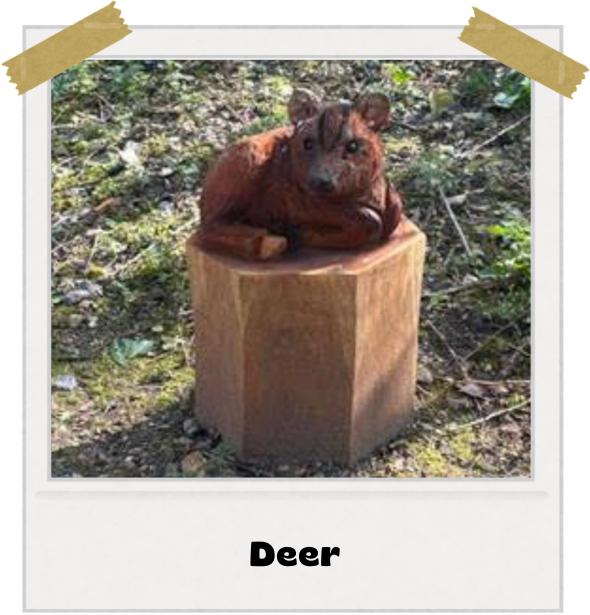
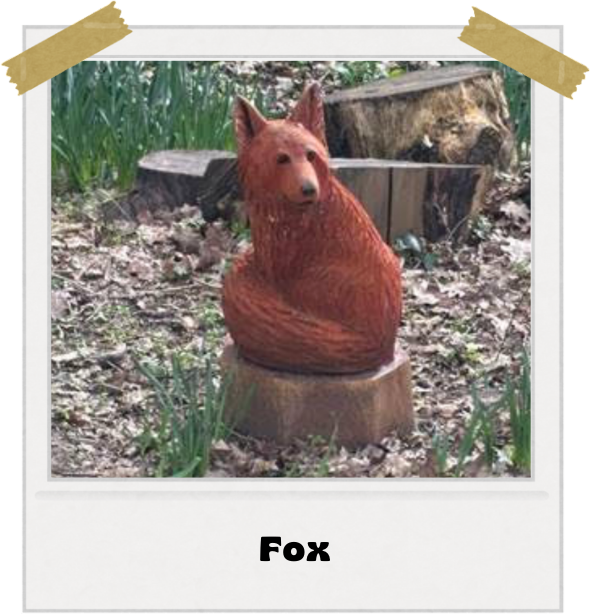
Red Fox – The Clever Urban Explorer! 🦊🌿
Did you know that Red Foxes are incredibly adaptable? These clever creatures can live in forests, countryside, and even cities, making them one of the most successful wild animals in the UK!
As opportunistic omnivores, they eat a mix of small mammals, birds, insects, and plants—whatever they can find to survive.
Fun Facts About Red Foxes! 🎉
👂 Super Hearing! – Foxes have amazing hearing and can detect rodents digging underground from miles away!
🦊 What’s in a Name? – A group of foxes is called a shulk or a leash—pretty cool, right?
🥩 No Chewing Allowed! – Unlike humans, foxes don’t chew their food. Instead, they use their sharp shearing teeth to slice meat into bite-sized pieces.
Keep an eye out next time you’re in the park or walking through town—these resourceful, bushy-tailed creatures might be closer than you think! 🌳🦊✨
Meadow Brown Butterfly – A Common but Beautiful Sight! 🦋🌿
The Meadow Brown is one of the most common and widespread butterflies in the UK. You can often spot them fluttering through meadows, parks, and gardens during the summer!
These butterflies rest (roost) in low vegetation, especially among tall grass clumps, where they stay hidden from predators.
Fun Facts About Meadow Brown Butterflies! 🎉
🌼 Masters of Camouflage! – Their brown wings help them blend into the grass, making it harder for birds to spot them.
☀️ Sun Seekers! – They love warm, sunny days and are most active when the sun is shining.
🦋 No Need for Nectar! – Unlike other butterflies, Meadow Browns can fly even on cloudy days because they don’t rely on the sun to warm up their wings.
Next time you’re in a grassy meadow, look out for these graceful, fluttering butterflies—they’re a true sign of summer! 🌾🦋☀️
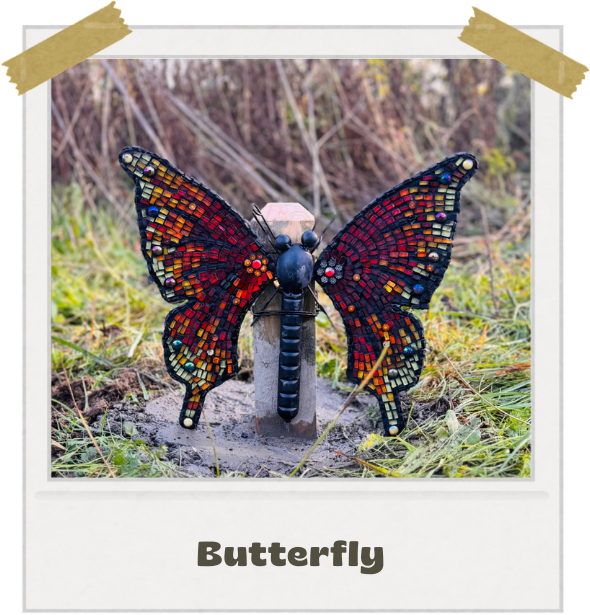

Kestrel – The Sky’s Silent Hunter! 🦅✨
The Kestrel is a small but mighty bird of prey from the falcon family. These bold birds have adapted well to life near humans, often making their nests in buildings or near motorways. You might spot them hovering over roadsides or perched high in a tree, scanning the ground for their next meal!
Fun Facts About Kestrels! 🎉
👀 Super Sight! – Kestrels have incredible eyesight and can spot a tiny beetle from 50 metres away!
💡 UV Vision! – Unlike humans, they can see ultraviolet light, which helps them track the trails left by small mammals.
🌙 Night Hunters! – While they prefer hunting in daylight, kestrels can also see in the dark, giving them an edge over their prey!
Next time you’re near a motorway, look up—you might just see a kestrel hovering in place, waiting for the perfect moment to strike! 🌿🦅✨
Fun Facts
Sharp eyesight they can spot a beetle from 50 metres away. they can see uv light , they can see in the
dark
Cuckoo – The Sneaky Spring Visitor! 🐦✨
Cuckoos are migratory birds that travel all the way from Africa to Europe each spring, arriving in the UK between late April and early May.
They come here for one main reason—breeding! But instead of building their own nests, cuckoos lay their eggs in the nests of other birds, like reed warblers and meadow pipits, who then raise the cuckoo chicks as their own!
Fun Facts About Cuckoos! 🎉
🦶 Backward Toes! – Cuckoos have outer toes that point backward, helping them grip branches securely.
🥚 Tricky Parents! – They don’t raise their own chicks! Instead, they lay their eggs in other birds’ nests, choosing ones with eggs that look similar to their own to fool the unsuspecting parents.
🎶 Named After Their Song! – Cuckoos get their name from their famous “cu-coo” call, which is a true sound of spring!
If you’re out for a walk in late spring, listen carefully—you might hear a cuckoo before you see one! 🌿🐦🎵
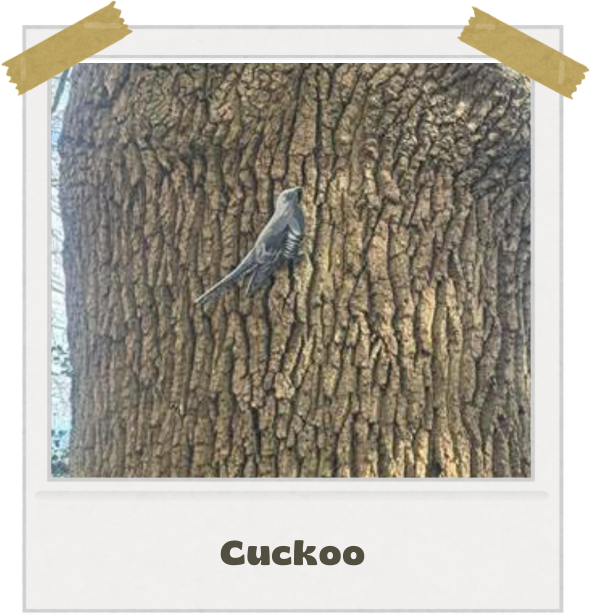
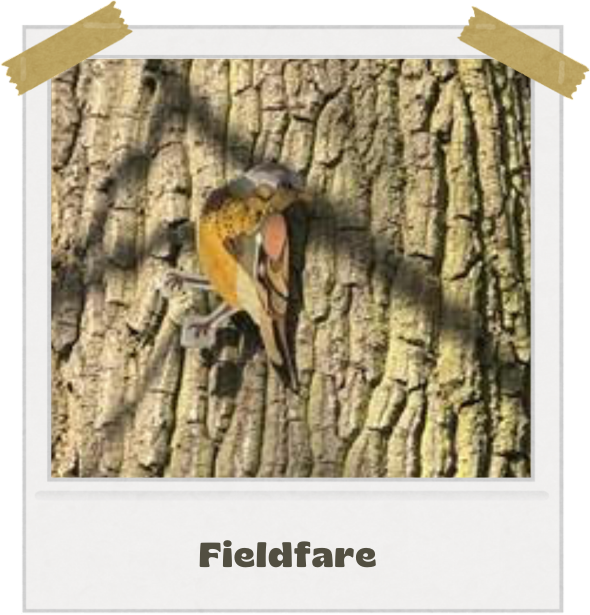
Fieldfare – The Winter Visitor! ❄️🐦
Fieldfares are migratory birds that travel from Scandinavia, Finland, and Russia to spend the winter in Western Europe, including the UK.
You can often spot them in fields, orchards, and gardens, especially where there are berry-bearing trees and bushes—their favorite winter snack!
Fun Facts About Fieldfares! 🎉
🐦 Hoppy Walkers! – Unlike some birds that stride, fieldfares hop when moving on the ground.
🪶 Flock Together! – They travel in large flocks of several hundred birds, making them easy to spot in winter.
🛡️ Fearless Defenders! – Fieldfares nest in small colonies and work together to aggressively defend their nests from predators.
If you see a large group of birds feasting on berries in winter, take a closer look—you might have just spotted a flock of fieldfares! 🍂🐦❄️
Common Toad – The Bumpy Garden Visitor! 🐸🌿
Common toads can be found all across the UK, including England, Scotland, Wales, and Northern Ireland. They live in a variety of places, from gardens and parks to woodlands and wetlands.
Toads are great for the environment because they help control insect populations—so if you see one in your garden, it’s a good sign!
Fun Facts About Toads! 🎉
🌙 Night Explorers! – Toads are mostly active at night, coming out to hunt for food like insects, slugs, and worms.
🏡 Loyal Locals! – They return to the same breeding ponds every year to lay their eggs.
🐸 Bumpy, Not Slimy! – Unlike frogs, toads have dry, warty skin, which helps them blend into their surroundings.
If you’re out in a damp garden or woodland, keep an eye out for these amazing little amphibians! 🌳🐸✨
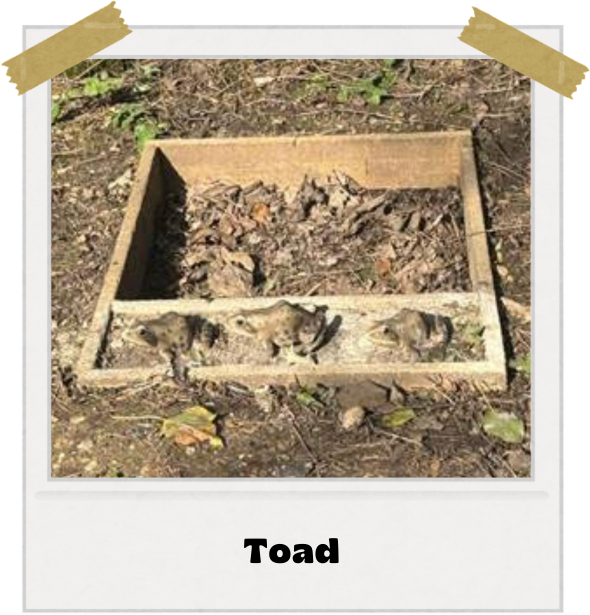
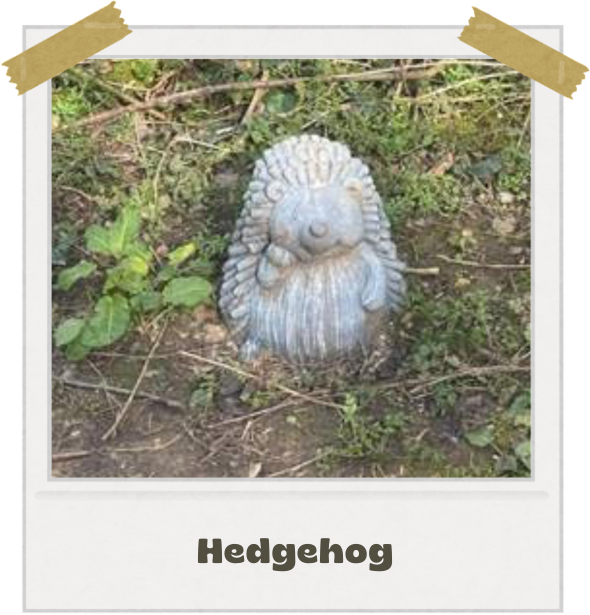
European Hedgehog – The Spiky Garden Visitor! 🦔🌿
Hedgehogs are found all across mainland Britain, including towns and cities like Slough. They make their homes in gardens, parks, farmland, and woodlands, where they find plenty of food and shelter.
These nocturnal creatures are great for the environment, helping to keep insect populations under control!
Fun Facts About Hedgehogs! 🎉
🍼 Born Without Spikes! – Baby hedgehogs (called hoglets) are born without visible spines, but their soft spikes appear within a few hours!
🥛 No Dairy for Hedgehogs! – Despite what people think, hedgehogs are lactose intolerant, so milk can make them very sick! Instead, they love eating insects, worms, and even cat food.
🏊 Surprising Swimmers! – Hedgehogs can swim, but they need an easy way out of ponds or they may struggle to escape.
If you’re lucky, you might spot a hedgehog snuffling around your garden at night—just remember to keep it safe by avoiding slug pellets and providing hedgehog-friendly spaces! 🌳🦔✨



